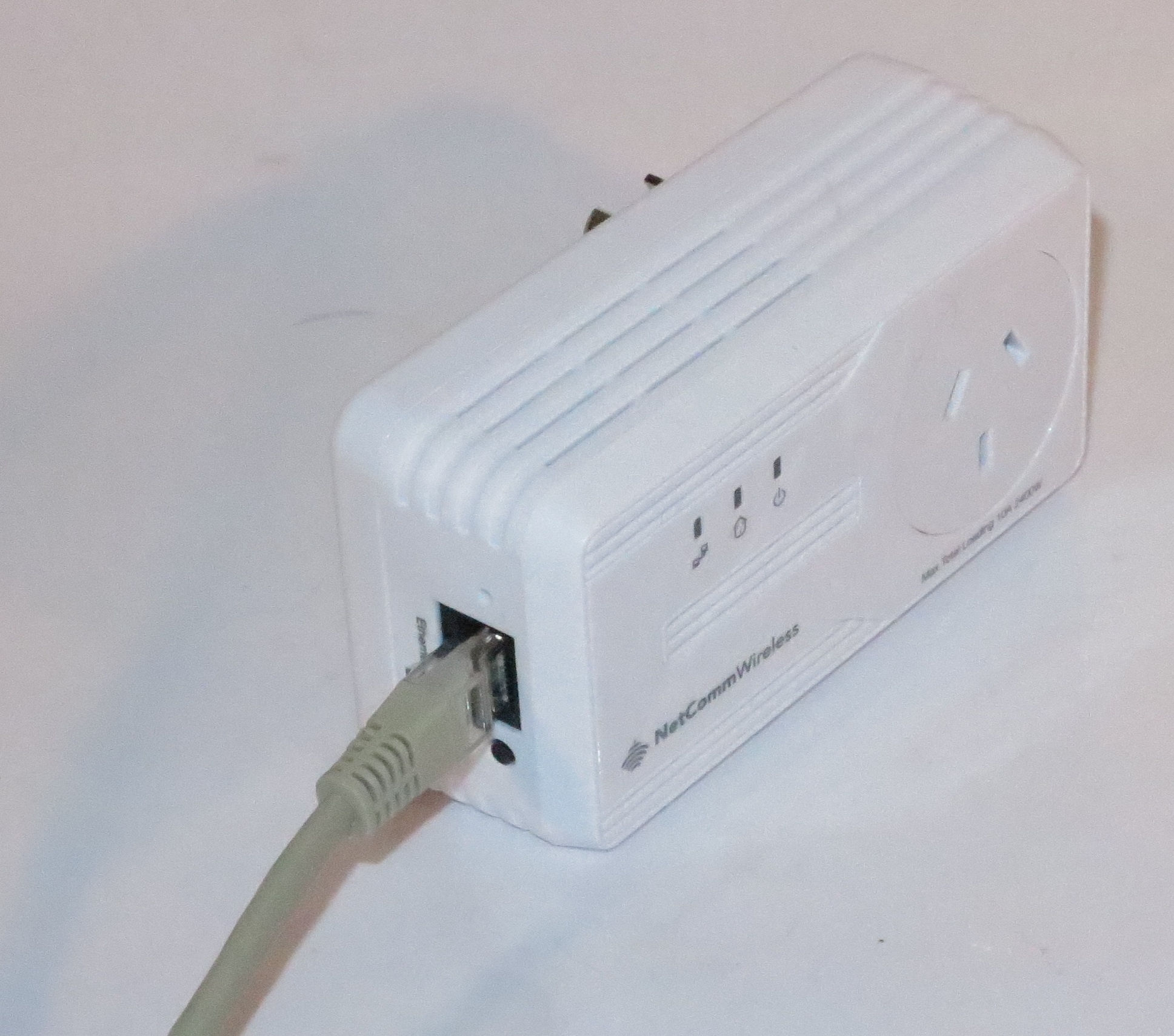Articles
Wi-Fi 7 to Make a Splash at CES 2022, Led by MediaTek | Digital Trends
Wi-Fi 7 is coming, and Intel makes it sound great | Network World
My Comments
Wi-Fi 6 is already established as a wireless network standard and this is being taken to Wave 2 with some incremental improvements.
But Wi-Fi 7, is to be coming soon and is actually the IEEE 802.11be wireless-network standard which is expected to be the follow-on to Wi-Fi 6.
It is expected to offer 320MHz bandwidth for each RF channel and provide a theoretical link-layer throughput of 96.1Gbps. As well, a Wi-Fi 7 wireless network segment is expected to be able to work on the 2.4 GHz, 5GHz and 6GHz radio bands.
This will support multi-link operation where network devices can work on multiple channels across multiple wavebands at once. This allows for a “fat pipe” that carries more data along with reduced latency (important for games or videocalls) and increased operational robustness. This latter benefit is provided by allowing particular data to use particular channels.
Wi-Fi 7 is to lead wireless network segments towards multiple-gigabit networking. As well, Wi-Fi 7 will have integrated support for Wireless Time-Sensitive Networking which assures synchronous delivery of data to multiple endpoints with use cases being multichannel sound, multi-camera setups or robotics and industrial automation.
This technology will take time to come to fruition even if it is “cemented in stone” by the IEEE now. There will be the need to see the necessary silicon being made available to client-device and network-infrastructure manufacturers so they cam implement it in their own products. This will also include the requirement to to see power-efficient Wi-Fi 7 client-device silicon implementations before a significant number of portable devices come with this technology.
Then the client and network infrastructure devices will appear but be at that price point and marketing position that only appeals to early-adopters who will pay a premium to have the latest and the greatest. But a few years later will see Wi-Fi 7 be a mature wireless-network technology.
But this will come in to its own with ubiquitous ultra-high-definition TV, augmented and virtual reality along with computing environments pitched towards gamers, creators and mobile-workstation users.




